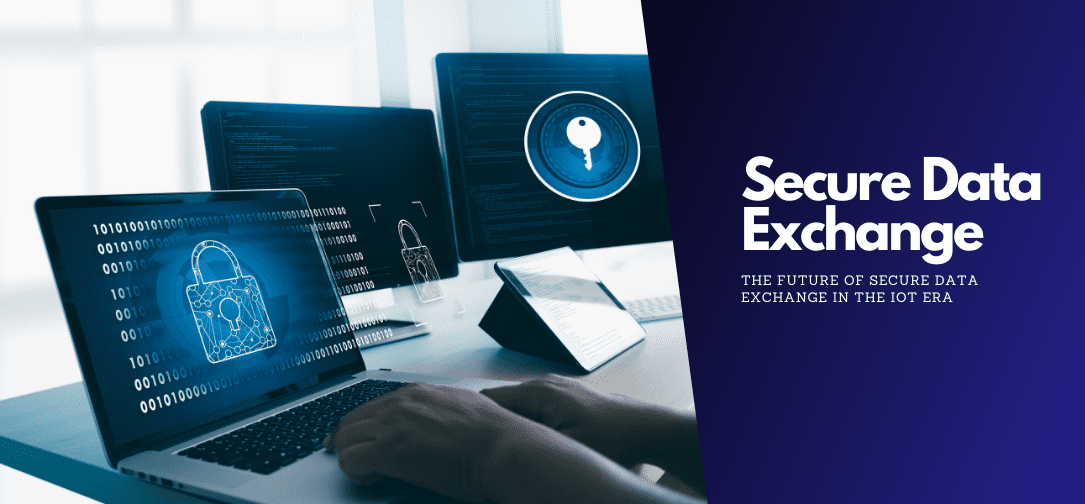As the Internet of Things (IoT) continues to expand, its influence on our daily lives and the operational frameworks of various industries grows exponentially.
This technological advancement has seamlessly integrated itself into everything from home appliances to sophisticated industrial tools, generating an unprecedented volume of data. However, this growth brings to the forefront a critical challenge: ensuring the secure data exchange across an increasingly interconnected device network.
Secure data exchange in the IoT era is not a straightforward task. Each device, from smart thermostats to manufacturing sensors, acts as a node in a vast network, transmitting valuable data. The security of this data is paramount, as any breach can lead to significant privacy violations, financial losses, and damage to an organization’s reputation.
The Role of Encryption and Secure Protocols
The first step towards securing data within the IoT is understanding the unique vulnerabilities of these devices.
Unlike traditional computers or smartphones, many IoT devices have limited processing power and cannot support complex security software. This limitation makes them attractive targets for cyber attacks. Manufacturers and users must prioritize security from the outset, embedding it into the device’s design rather than treating it as an afterthought.
Encryption is a critical component of secure data exchange. By converting data into a code during transmission, encryption ensures that even if data is intercepted, it remains unintelligible to unauthorized parties. Advanced encryption standards are becoming more accessible and can be implemented even in devices with limited processing capabilities.
Another key aspect of IoT security is the use of secure, reliable communication protocols. These protocols ensure that data exchanges between devices and servers occur over secure channels, protecting against eavesdropping and tampering. Protocols such as TLS (Transport Layer Security) are evolving to meet the demands of IoT, offering solutions that balance security with the devices’ computational limitations.
Leveraging Managed File Transfer for Enhanced Security
Managed File Transfer (MFT) software plays an increasingly vital role in this secure data ecosystem. Solutions like those offered by Progress provide a robust framework for managing the transfer of data across diverse environments.
These MFT solutions offer features like end-to-end encryption, secure file transfer protocols, and automated transfer processes, ensuring that data moves securely and efficiently across the IoT network.
Maintaining Security Through Updates and Patches
In addition to technology solutions, a comprehensive approach to IoT security involves regular updates and patches. Given the diversity and number of devices involved, this can be a daunting task.
However, neglecting updates can leave devices vulnerable to new threats. Automated update systems, integrated into MFT solutions or managed separately, can help maintain security without manual oversight for every device.
The Future: AI and ML in IoT Security
Looking ahead, the future of secure data exchange in the IoT era will increasingly rely on artificial intelligence (AI) and machine learning (ML).
These technologies can analyze patterns in data flow, detect anomalies that may indicate a security breach, and automate the response to such threats. The potential for AI and ML to enhance IoT security is vast, offering adaptive, proactive protection for complex networks.
Collaboration for a Secure IoT Future
Collaboration across industries and standardization bodies is also crucial. Developing common security standards for IoT devices and their communication protocols can enhance interoperability and security.
Initiatives like the IoT Security Foundation aim to promote best practices and support the development of secure IoT solutions.
Summing Up
As you can see, the future of secure data exchange in the IoT era is both challenging and promising. It demands a multifaceted approach, combining advanced technological solutions, strategic planning, and industry collaboration. As we navigate this complex terrain, the goal remains clear: to harness the potential of the IoT while ensuring the security and privacy of the data it generates.
With ongoing innovation and commitment, achieving this balance is within reach, paving the way for a secure, interconnected future.



































